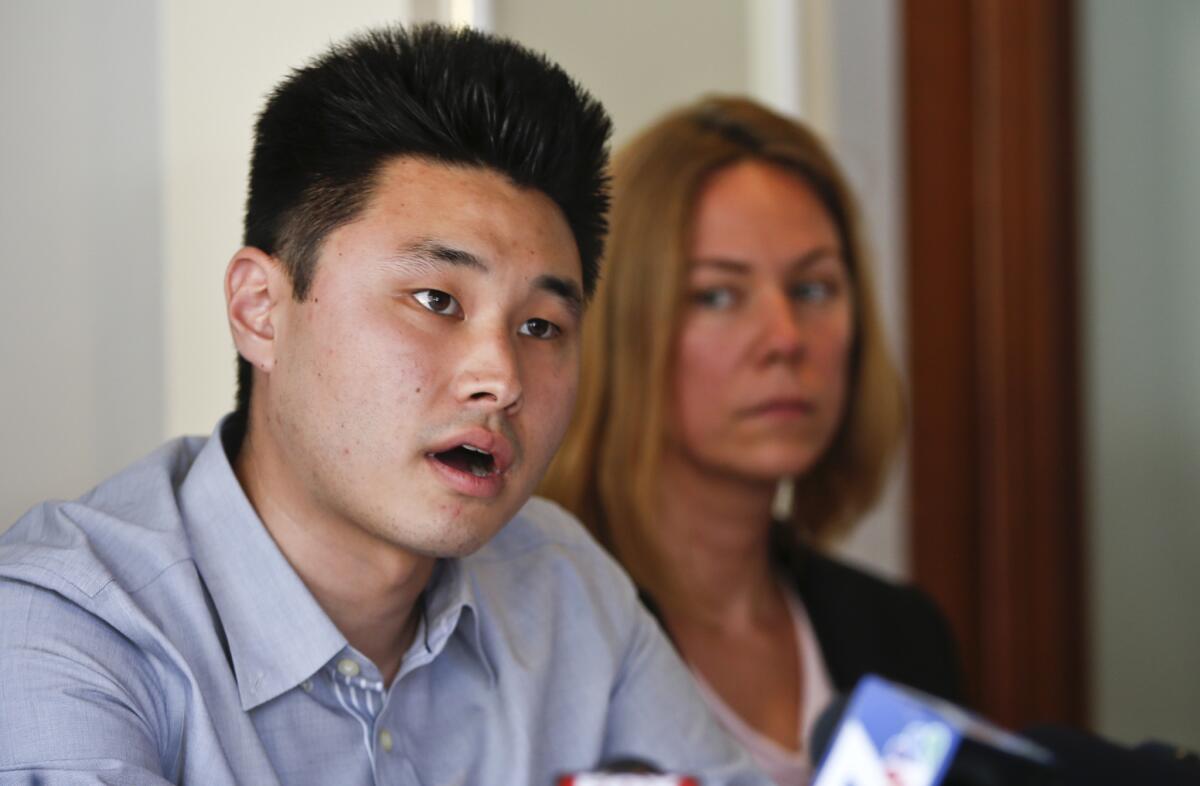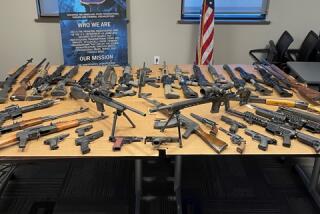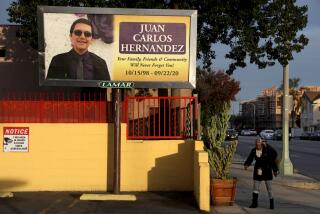Student back at school after he was nearly killed in DEA cell

Two years after law-enforcement negligence almost killed him, Daniel Chong said he is living “a pretty quiet life” and remains appreciative for being “alive and well.”
But, like his attorneys, he wants the full investigative report released about his ordeal at the Drug Enforcement Administration facility in San Diego. A three-page summary was released this week.
“Nobody set out to say ‘we’re going to kill this young person’ but it almost happened,” said attorney Eugene Iredale, who appeared with Chong at a news conference Thursday.
The people most responsible for leaving Chong in a cell for five days should at least face administrative punishment, Iredale said.
In April 2012, Chong, then a 23-year-old engineering student at UC San Diego, was swept up in a raid by DEA agents.
The DEA was after some suspected dealers and Chong had just dropped by the house of some friends to smoke marijuana.
Taken to the DEA headquarters in San Diego, Chong was interrogated and then put in a small, windowless cell and told that an agent would be back in a few minutes, presumably to release him.
Instead Chong was forgotten for five days without food, water or bathroom facilities. He yelled without success. Midway through the five days, someone turned off the light in the cell.
“This was a windowless room,” Iredale said. “He was in darkness for 2 1/2 days. There really has to be some accountability.”
By the time someone found Chong, he was delirious and dehydrated, with respiratory and kidney distress.
A year later the Department of Justice agreed to pay Chong $4.1 million to settle a claim for maltreatment. The DEA also promised to make changes so that no one else would ever suffer similar treatment.
Chong was hospitalized and then underwent intensive psychotherapy for post-traumatic stress disorder. Slowly he put his life back together.
He’s back in school, has changed his major to economics, and is set to graduate this year. Like a lot of college students, he’s not sure what the future will bring.
“I have no real plans,” Chong said, “just to finish school and try to figure it out.”
Chong said he holds no anger toward the DEA and is convinced it was an accident and that the agency has made changes.
“I don’t think it’s going to happen again, at least not in that facility,” he said.
If any agents heard him screaming, he said, “they thought I was just some crazy druggie.”
Chong appeared at the conference with Iredale and his partner Julia Yoo, who represented him during the claim and investigation, and ACLU attorney Margaret Dooley-Sammuli.
In the summary of its investigation, the Department of Justice Office of Inspector General concluded that four DEA employees knew Chong was in the room but each thought someone else was responsible for him.
Since the incident, the agency has established a protocol for assuring that someone is responsible for suspects being held in cells. Also, cameras have been installed so the cells can be monitored.
Dooley-Sammuli has filed a Public Record Act request with the San Diego Police Department for records about its role in taking Chong into custody.
After the news conference, the DEA issued a statement that it “remains deeply troubled by the unfortunate incident” involving Chong.
Immediately, the statement said, changes were made in how detainees are processed and watched. An occupancy ledger is now maintained for holding cells.
“The DEA is confident that these measures will help us prevent similar incidents in the future,” the statement said. “This issue remains an ongoing internal disciplinary matter and we cannot comment any further.”
More to Read
Start your day right
Sign up for Essential California for news, features and recommendations from the L.A. Times and beyond in your inbox six days a week.
You may occasionally receive promotional content from the Los Angeles Times.






